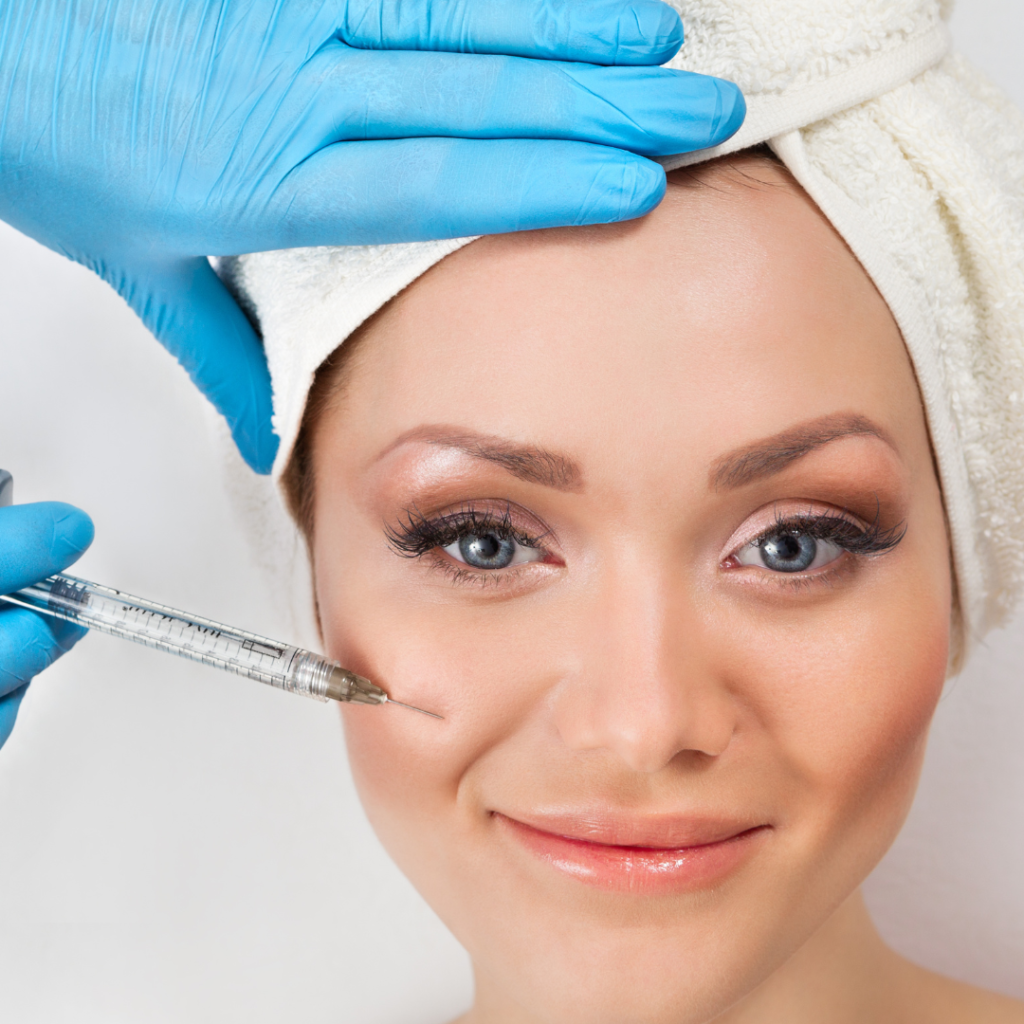
How Often To Get Botox?
Botox injections have become a popular cosmetic treatment for reducing wrinkles and fine lines. The neurotoxin is injected into the muscles of the face to paralyze them temporarily, preventing them from contracting and causing wrinkles. However, as with any medical procedure, it’s essential to understand the frequency of Botox injections to avoid potential risks and achieve optimal results.
This article aims to explore the question, ‘How often should you get Botox?’ by examining factors that affect Botox frequency, understanding individual needs, recommending guidelines for injections, and maintaining long-term results.
By providing readers with comprehensive information about this popular cosmetic treatment’s frequency, they can make informed decisions about their beauty routine while avoiding any adverse effects that may arise from improper use.
Factors Affecting Botox Work And Frequency

The frequency at which Botox injections should be administered is influenced by various factors. Firstly, age plays a significant role in determining how often one should get Botox injections. As we age, our skin loses elasticity and resilience, leading to the development of fine lines and wrinkles. Therefore, older individuals may require more frequent injections than younger ones.
Secondly, an individual’s skin type can also affect the frequency of Botox® injections. Those with thin skin are likely to see results faster than those with thicker skin. Additionally, people with oily skin tend to metabolize the toxin more quickly than those with dry skin. Consequently, they may need more frequent injections to maintain their desired cosmetic outcome.
Furthermore, muscle strength is another critical factor that influences how often one should get Botox treatments. Strong facial muscles may require higher doses or more frequent injections than weaker muscles. This is because stronger muscles can resist the effects of the toxin for more extended periods.
Lastly, an individual’s cosmetic desires will determine the definitive answer to the question ”How often should I get Botox?”. Some people prefer a natural look and therefore opt for less frequent treatments while others want a dramatic change and may require more regular visits to achieve their desired result.
Several factors influence how often one should get Botox injections including age, skin type, muscle strength and desired cosmetic outcome. It is essential to consult a qualified professional who can recommend a personalized treatment plan based on these factors for optimal results.
Understanding Your Individual Needs

Understanding your requirements is crucial when it comes to determining the appropriate frequency of receiving Botox injections. There is no one-size-fits-all approach to this treatment as each individual has different needs and goals. The frequency at which you should get Botox injections will depend on several factors, including age, skin type, overall health, and the severity of the signs of aging you wish to address.
It’s worth noting that Botox treatments are not a permanent solution for anti-aging concerns. While they can help smooth out wrinkles and fine facial lines, the effects wear off over time. As such, regular sessions may be required to maintain results.
Your healthcare provider will be able to advise you on how often you should get Botox injections based on your personal circumstances and goals. It’s important to follow their guidance closely for optimal results.
Recommended Guidelines for Botox Injections

Receiving Botox injections requires careful consideration of recommended guidelines to ensure optimal results and minimize potential risks.
In general, it is recommended to get Botox injections every three to four months. This is because the effects of the toxin gradually wear off over time, so regular injections are needed to maintain the desired look.
It’s important to note that these guidelines may vary depending on individual needs and preferences. Factors such as age, skin type, and the severity of frown lines or wrinkles can all affect how often you should get Botox injections.
Additionally, some individuals may supplement their Botox treatments with fillers for a more comprehensive approach to anti-ageing.
Ultimately, consulting with a qualified healthcare provider is essential for determining the best course of treatment for your unique situation.
How to get Botox results last longer

To sustain the desired cosmetic effects of Botulinum toxin, implementing a long-term maintenance plan is crucial. After receiving Botox injections, patients can expect to see results within a few days that will last for several months. However, the exact duration of the effects will vary depending on factors such as the amount of Botox administered and the frequency of treatments.
For those looking to achieve long-lasting results with Botox, it is recommended to schedule follow-up appointments every 3-4 months. This frequent approach helps maintain muscle relaxation and prevent wrinkles from reappearing. Additionally, studies have shown that regular use of Botox can actually make it last longer over time, as muscles become trained to stay relaxed even without treatment.
By working with a qualified healthcare professional and developing a personalized treatment plan tailored to individual needs, patients can ensure they are getting the most out of their Botox treatments.
Frequently Asked Questions
What is the typical downtime after receiving Botox injections?
Botox downtime is minimal, with most patients able to resume their daily activities immediately after the procedure. Some minor side effects, such as redness, swelling, or bruising, may occur, but these typically subside within a few hours to a couple of days. It’s important to avoid rubbing or massaging the treated area for 24 hours to prevent the Botox from spreading to unintended muscles.
Can I Use Botox for other cosmetic purposes besides reducing wrinkles?
Botox has been used for various cosmetic purposes, including treating excessive sweating, migraines, and facial asymmetry. However, its primary use is to reduce wrinkles. Further research is needed to determine its effectiveness for non-wrinkle related cosmetic concerns.
Is there an age limit for getting Botox injections?
There is no definitive age limit for receiving botox injections, as suitability may depend on individual factors such as skin type, medical history and desired outcomes. Consultation with a qualified practitioner is recommended to determine if the treatment is appropriate.
How long does it take to see results after getting Botox injections?
Results from Botox injections can typically be seen within 3-5 days, with full effects evident after 2 weeks. It is important to note that individual results may vary and the duration of efficacy is typically around 3-4 months. You can read more here.
What are some potential side effects of Botox injections?
Potential side effects of Botox injections include temporary bruising, swelling, and redness at the injection site. Less common side effects may include drooping eyelids, dry eyes, or headaches. Consult with a healthcare provider for more information.
Can Botox be used to treat medical conditions besides cosmetic purposes?
Botox has been approved for treating various medical conditions such as chronic migraines, muscle stiffness, excessive sweating, and bladder dysfunction. However, the frequency of injections required for these treatments varies based on the condition being treated.
Bottom Line

Botox has become a popular cosmetic treatment for reducing wrinkles and fine lines. However, it’s important to understand the frequency of getting Botox injections.
Several factors can affect the answer to the question ‘How often should you get Botox® injections?’, such as age, skin condition, and desired results. It’s also crucial to understand your individual needs before undergoing any cosmetic procedure.
Based on recommended guidelines for Botox injections, it’s generally safe to get treatments every 3-6 months. This timeframe ensures that your muscles have time to recover fully between injections while maintaining long-term results.
By following these guidelines and communicating with your healthcare provider about your concerns and expectations, you can achieve optimal results from your Botox treatments.
In conclusion, understanding how often to get Botox is essential for achieving the best possible results from this popular cosmetic treatment. With careful consideration of individual needs and adherence to recommended guidelines for injection frequency, patients can enjoy long-lasting benefits from their treatments without compromising safety or effectiveness.
As always, consulting with a qualified healthcare provider before undergoing any cosmetic procedure is crucial to ensure proper evaluation and personalized care.
